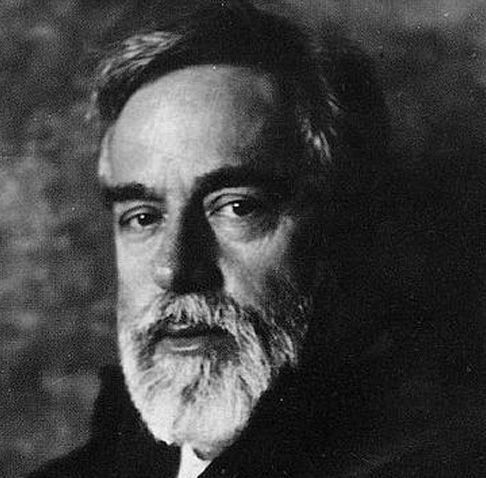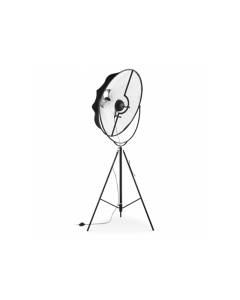Mariano Fortuny y Madrazo

1871 (Spain) - 1949 (Italy)
Born into an artistic family, with both his father and grandfather distinguished painters, Mariano Fortuny y Madrazo was one of the last true renaissance men, excelling in interior design, fashion and stage innovations won him fans across the globe, it was his lighting designs that earned him a place in our hearts. Born in Granada in 1871, his widowed mother moved the family to Paris at an early age, where is his artistic talents began to flourish, before moving again to Venice at the age of 18. He would spend most of the next 20 years travelling the continent, seeking out artists he admired and absorbing their wisdom and pouring their influence into his work. These artists included German composer Richard Wagner, whose work in opera staging directly influenced the Moda Floor Lamp. Fortuny died in 1949 at his home in Venice, and his workshop and its grounds now house the Pallazzo Fortuny Museum.
“It is not the quantity, but the quality of light, that makes things visible."
Born into an artistic family, with both his father and grandfather distinguished painters, Mariano Fortuny y Madrazo was one of the last true renaissance men, excelling in interior design, fashion and stage innovations won him fans across the globe, it was his lighting designs that earned him a place in our hearts. Born in Granada in 1871, his widowed mother moved the family to Paris at an early age, where is his artistic talents began to flourish, before moving again to Venice at the age of 18. He would spend most of the next 20 years travelling the continent, seeking out artists he admired and absorbing their wisdom and pouring their influence into his work. These artists included German composer Richard Wagner, whose work in opera staging directly influenced the Moda Floor Lamp. Fortuny died in 1949 at his home in Venice, and his workshop and its grounds now house the Pallazzo Fortuny Museum.
“It is not the quantity, but the quality of light, that makes things visible."


